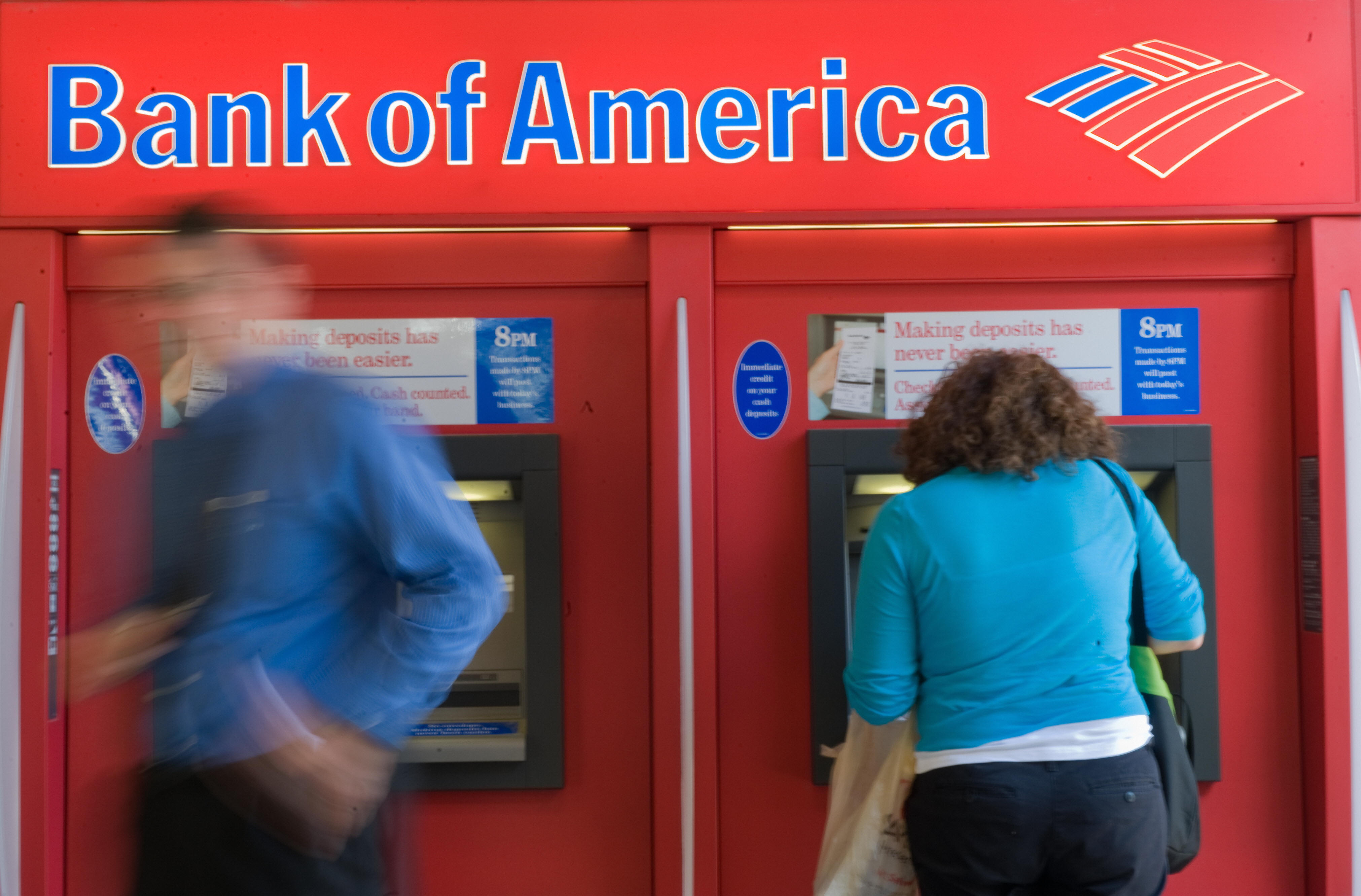
Bank of America has proven to be a steady stock option, both in the short term and in the long term.
Recently, the bank has seen better-than-expected performance during Q3 of 2019. And if you invested a decade ago, it would have turned you a profit.
A $1,000 investment made in 2009 would be worth more than $2,600 as of Dec. 18, 2019, for a total return of around 160%, according to CNBC calculations. By comparison, in the same time frame, the S&P 500 had a total return of around 255%. Bank of America’s current share price is hovering around $35.
CNBC: Bank of America’s stock as of December.
While an investment in Bank of America would have earned you a profit, it’s important to note you would have been better off buying a low-cost index fund that tracks the market — one of Warren Buffett’s favorite investments — since the shares underperformed the return of the S&P 500.
And although the bank’s stock performance over the last decade couldn’t match that of the S&P 500′s, any individual stock can over- or underperform and past returns do not predict future results.
Although Bank of America’s stock has seen success over the years, the company has faced challenges as a business. In 2014, the corporation agreed to pay a $16.65 billion settlement for allegedly committing fraud around the 2008 financial crisis, according to the U.S. Department of Justice. The government accused the corporation of purposefully selling flawed mortgage securities to investors prior to the recession.
Then in 2016, Bank of America paid $430 million to settle a case with the Securities and Exchange Commission in which Merrill Lynch, an investing and wealth management division within Bank of America, was accused of misusing customers’ funds to support its own trading practices and increase profits.
Bank of America calls Jacobs’ allegations “baseless”.
CNBC
And in December 2019, the company, along with five other major banks, received criticism from U.S. banking regulators over their “living will” plans, in which banks are required to detail how they’d handle being taken apart safely and efficiently in the event of a crisis, such as bankruptcy. If Bank of America doesn’t address the shortcoming by March 2020, it could be subject to additional restrictions to its business operations and may even be ordered to give up some form of its financial assets.
This week, Bank of America announced that it will partner with Electrify America, a company that owns and manages a network of electric vehicle charging stations, to install around 40 stations at select Bank of America locations nationwide by the end of 2020.
The bank also announced via its online newsroom this month that it will expand the Bank of America Institute for Women’s Entrepreneurship at Cornell University, an online business certificate program for female entrepreneurs that aims to help them to “build, manage and scale successful businesses.” Since the program launched in 2018, there’s been such a high demand that Bank of America decided to double the number of students the program will support, from 10,000 to 20,000.
From a stock perspective, Bank of America is currently performing better than other financial companies in its sector for the calendar year. The company’s stock has done so well over the last couple of years that Bank of America has started to return large amounts of its capital to shareholders in the form of dividend increases and share repurchases, according to Nasdaq reporting.
Even legendary investor Warren Buffett is a longtime shareholder of Bank of America. In 2011, he famously invested $5 billion into the bank, just a few years after the Great Recession. Six years later, in 2017, he told CNBC that he will hold on to his Bank of America stock for a “long, long, long time.” As of 2019, Buffett’s company, Berkshire Hathaway, has a 10.5% stake in the bank with more than 940 million shares.
If you are considering getting into investing, start by sticking to investing basics. “Develop an overall plan, keep expenses low, diversify, rebalance,” David Wilson, a certified financial planner at Watts Capital in New York, told CNBC.
If going it alone feels too intimidating at first, Wilson suggests starting to invest with the help of a robo-advisor, which is a digital platform that provides automated, algorithm-driven financial advice at a low cost.
Here’s a snapshot of how the markets look now.
Like this story? Subscribe to CNBC Make It on YouTube!
Don’t miss:

